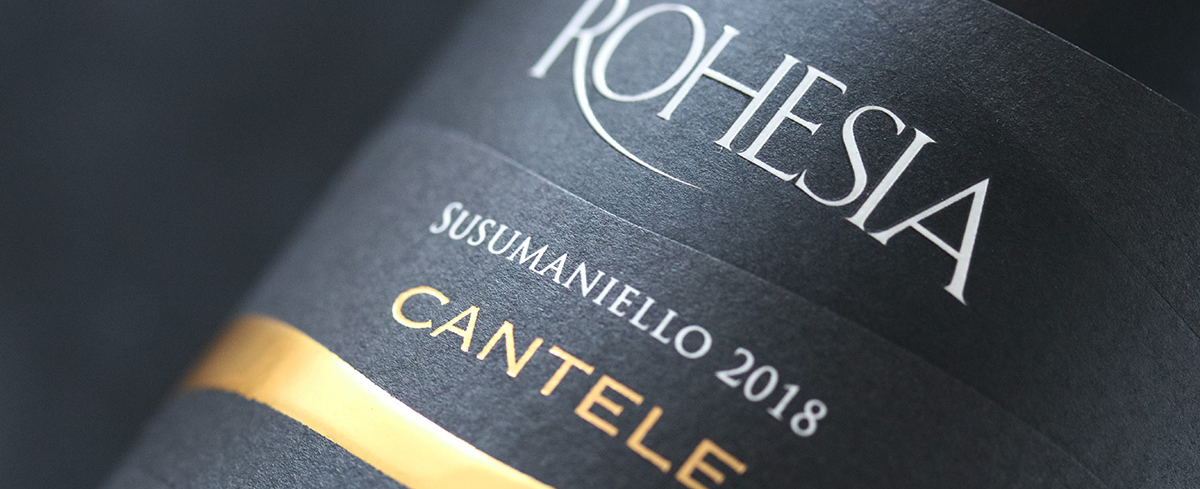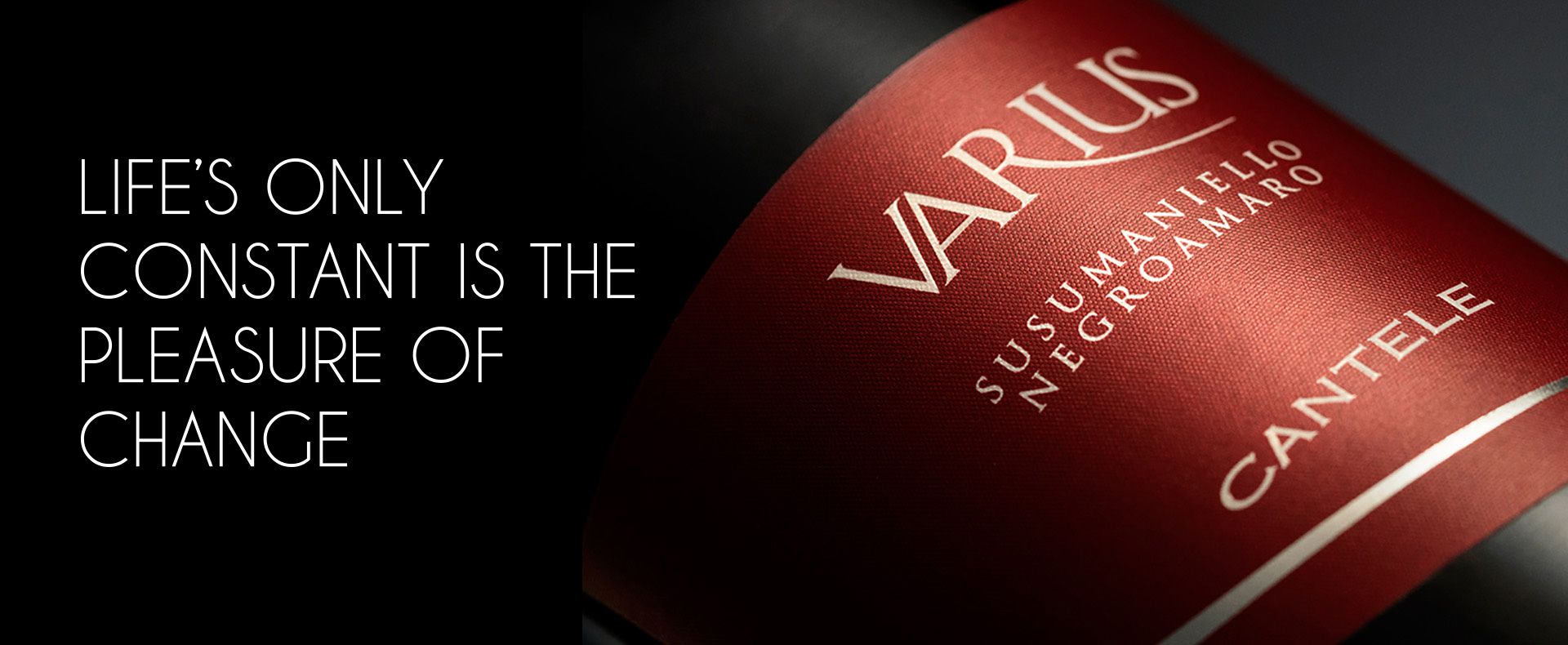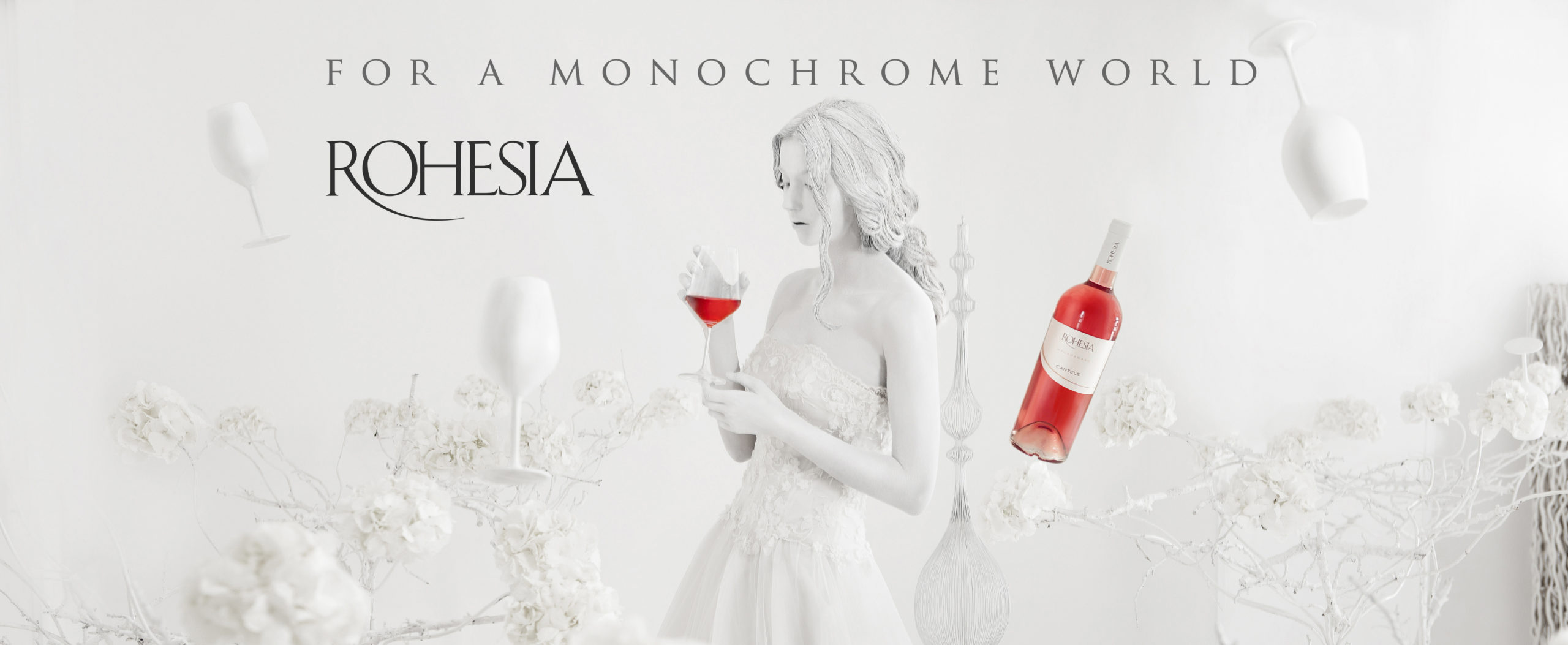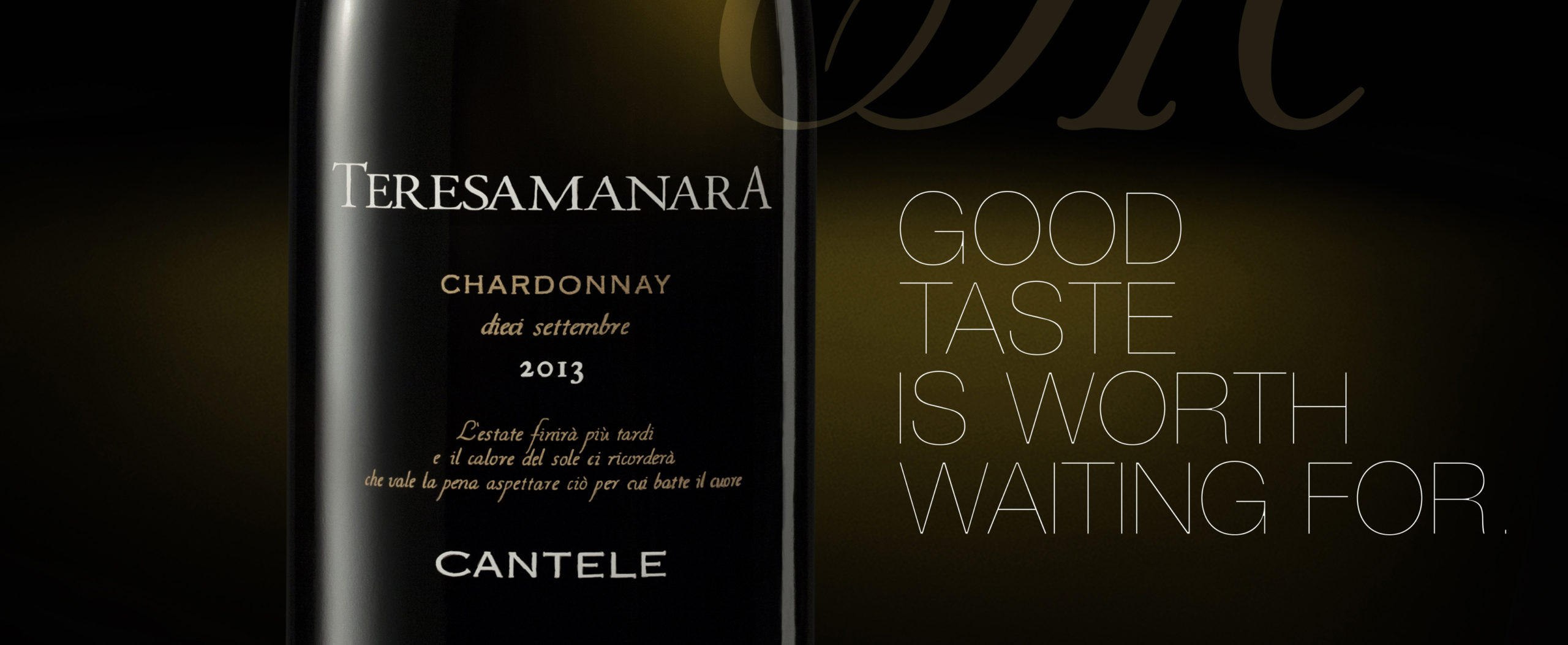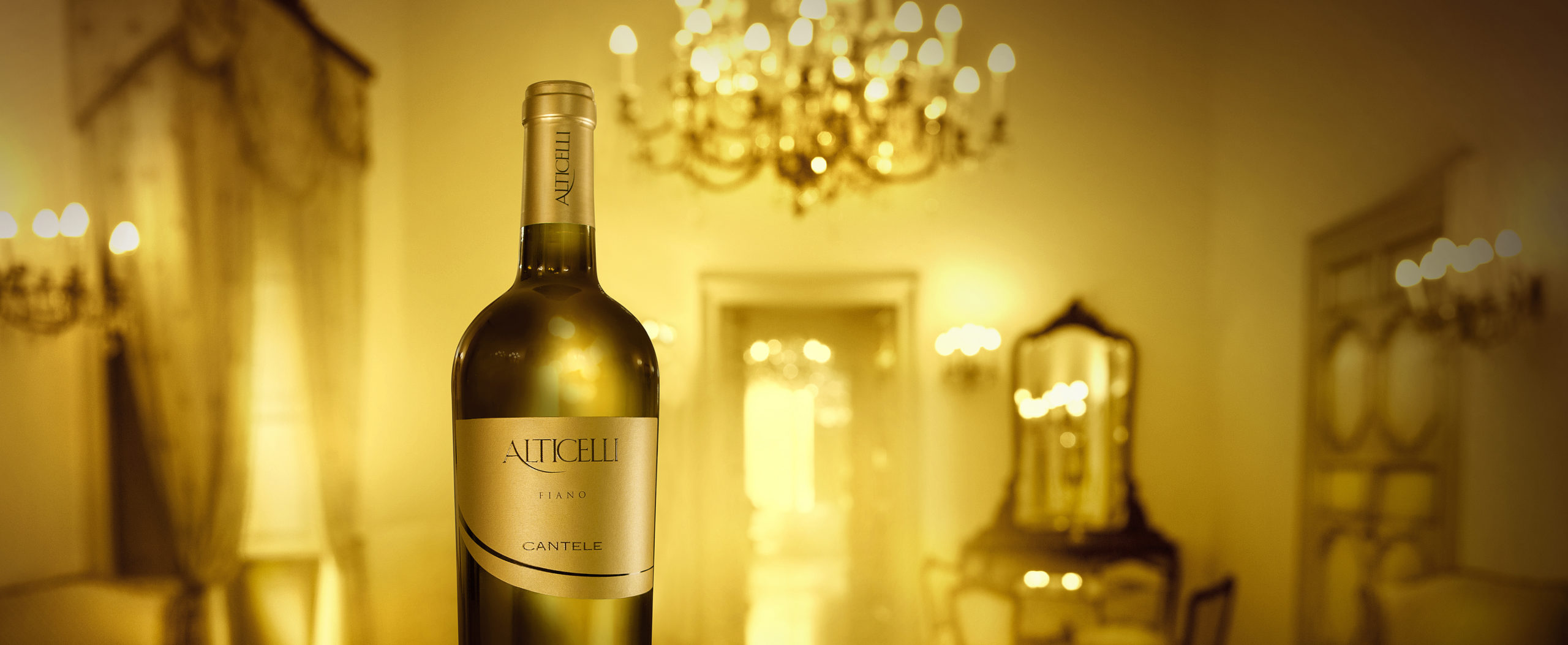Every rose is unique. And every rose conveys a different message, every time. And that message is an expression of the elegance that makes an entire species of flower unique. The message is just about color. It’s a message about a particular type of talent. A sort of vocation, just like that of sunlight which shifts its tonality depending on the time of day. And this is how a polychromy of passions comes into being. These passions are what inspired our new line of wines, Rohesia. A triptych. Red. White. Rosé. No longer just Negroamaro Rosato but now also Malvasia Bianca and Susumaniello. With the launch of these wines, our Rohesia brand is in the spotlight. Its potential is greater than ever and its symbolic roots have now fanned out into three different declinations.
Continue reading Rohesia isn’t just Negroamaro Rosato anymore.
